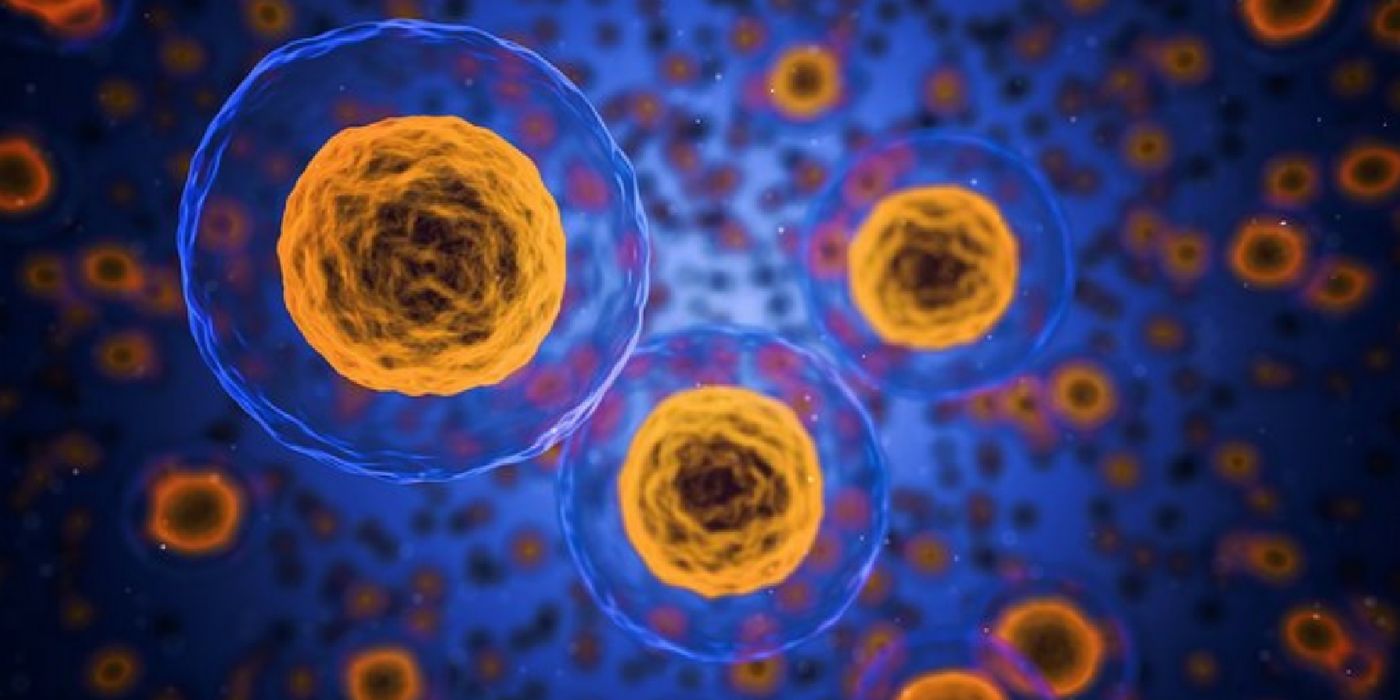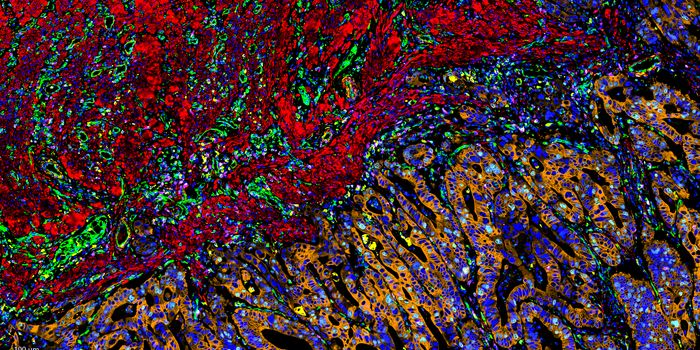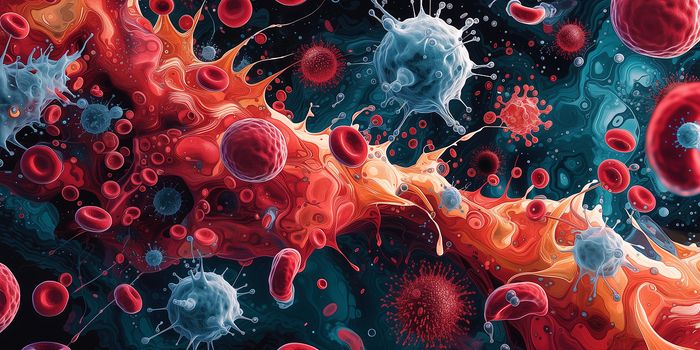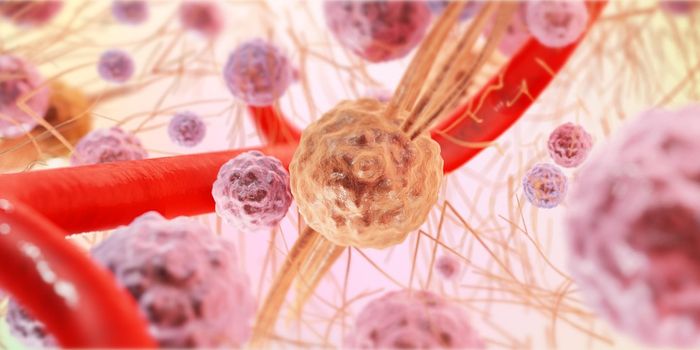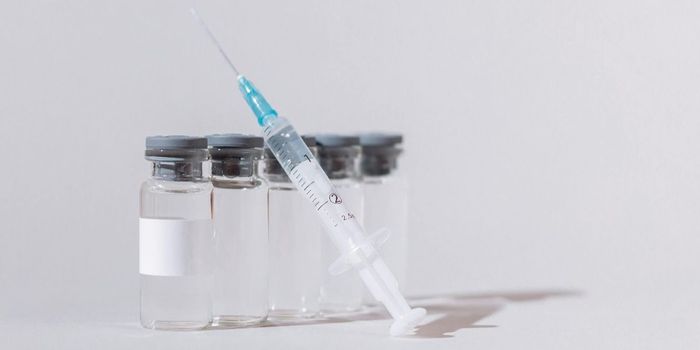Hot Stuff! These Nanoparticles Kill Cancer Cells with Heat
Scientists have devised numerous ways to kill cancer. However, the long-standing caveat is that most effective methods of killing cancer cells also end up harming the patients in some way. Thus, in some cases, cancer treatments become a delicate balancing act for both doctors and patients.
One common method to kill cancer is through radiation, a process that zaps cancer cells with high-energy waves like X-rays or gamma rays. This damages the cancer’s DNA so that the cells die and the tumor shrinks. However, radiation is indeed harmful and can damage healthy cells in addition to cancer cells. Furthermore, some type of radiation therapy can cause burn damage and irritation to the tissues exposed to the high-energy waves.
To more precisely target cancer cells, scientists at the University of Surrey in the United Kingdom and Dalian University of Technology in China designed nanoparticles with a self-regulating temperature control. Instead of radiation, this technique kills cancer cells with heat, also known as hyperthermia or thermal therapy.
But for hyperthermia to be effective, researchers had to design a therapy that met a narrow temperature range of between 42°C and 45°C (108°F and 113°F). Above this range, healthy cells would suffer, and below this range, cancer cells would continue to thrive.
"If we can keep cancer treatment sat at a temperature level high enough to kill the cancer, while low enough to stop harming healthy tissue," said Ravi Silva, head of the Advanced Technology Institute at the University of Surrey, and the study’s senior author, "it will prevent some of the serious side effects of vital treatment."
In order to meet this criteria, the team turned to magnetic nanoparticles that can be heated by an external magnetic field. The team then outfitted the magnetic nanoparticles with chromium (Cr), a sophisticated modification that prevented these nanoparticles from overheating. In essence, the cobalt-zinc-chromium (Co-Zn-Cr) nanoparticles followed the “Curie temperature” principle, which mean they lose their magnetic properties at above 45°C. Thus, these magnetic nanoparticles can prove lethal to tumors but safe to healthy cells.
"By making magnetic materials with the Curie temperature falling in the range of hyperthermia temperatures, the self-regulation of therapeutics can be achieved,” explained Wei Zhang, a professor at the Dalian University of Technology, and the study’s lead author. Such elegant chemistry would bypass “clumsy temperature monitoring and controlling systems."
The teams are working to further optimize and validate this technique. So far in cells, the nanoparticles show “low toxicity,” suggesting the product could be safe in organisms.
“This could potentially be a game-changer in the way we treat people who have cancer,” said Silva
Additional source: MNT
